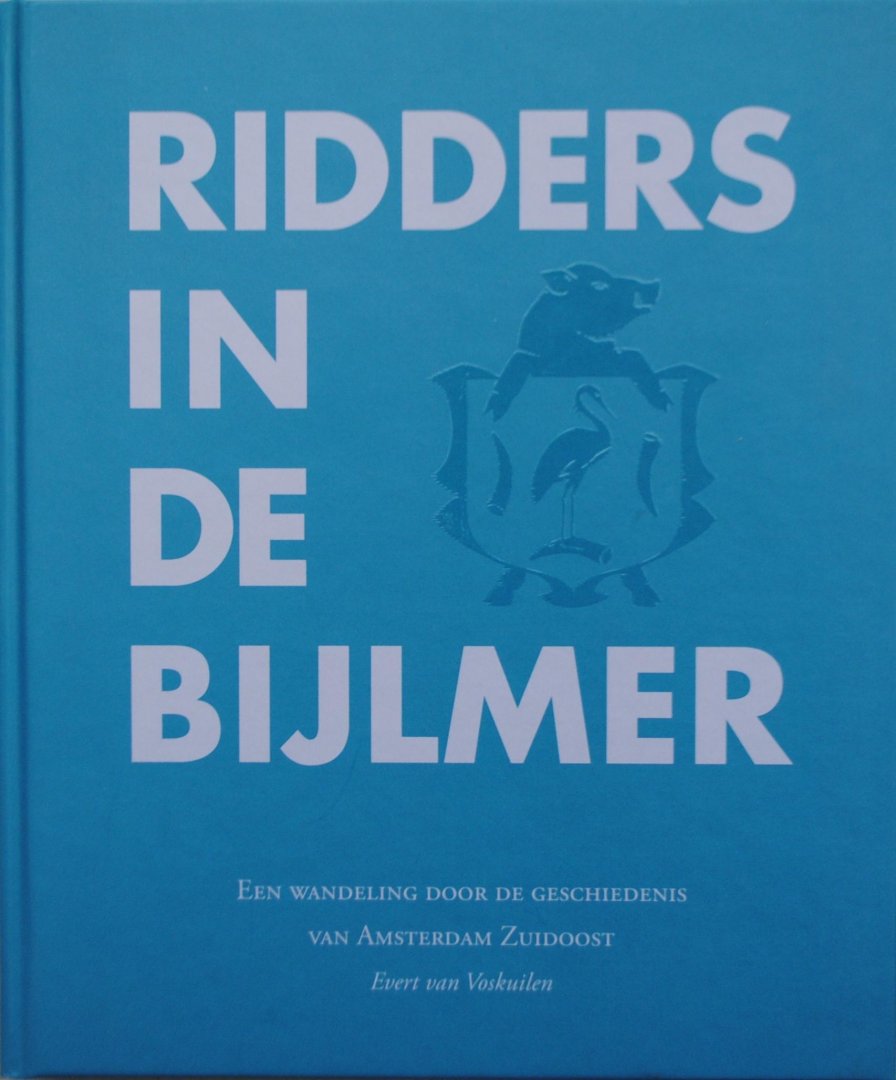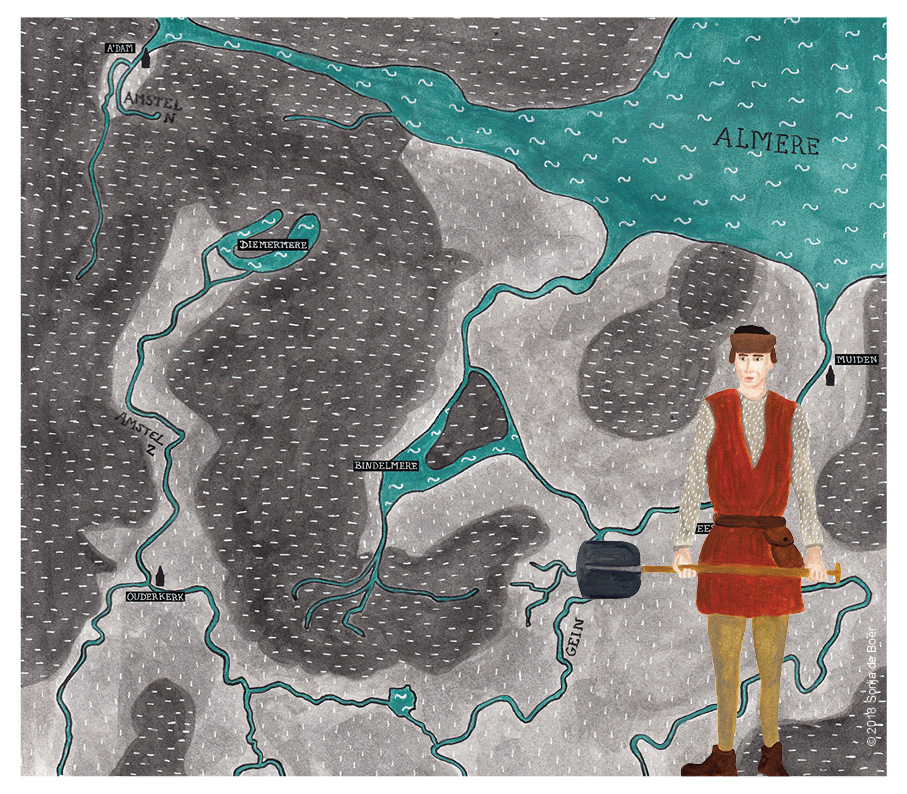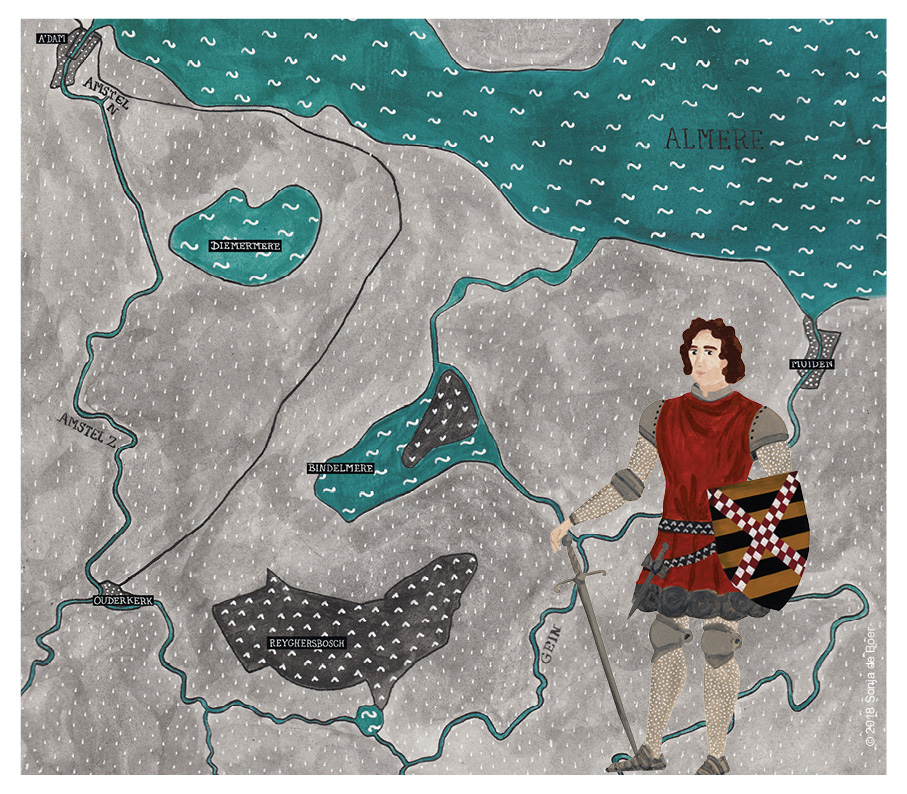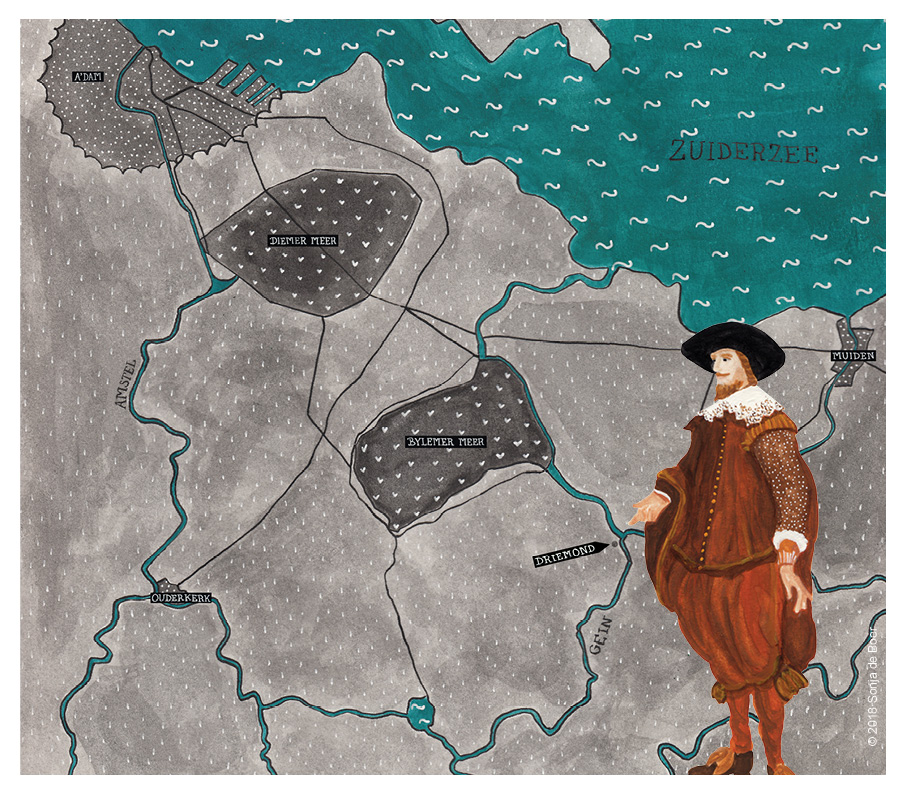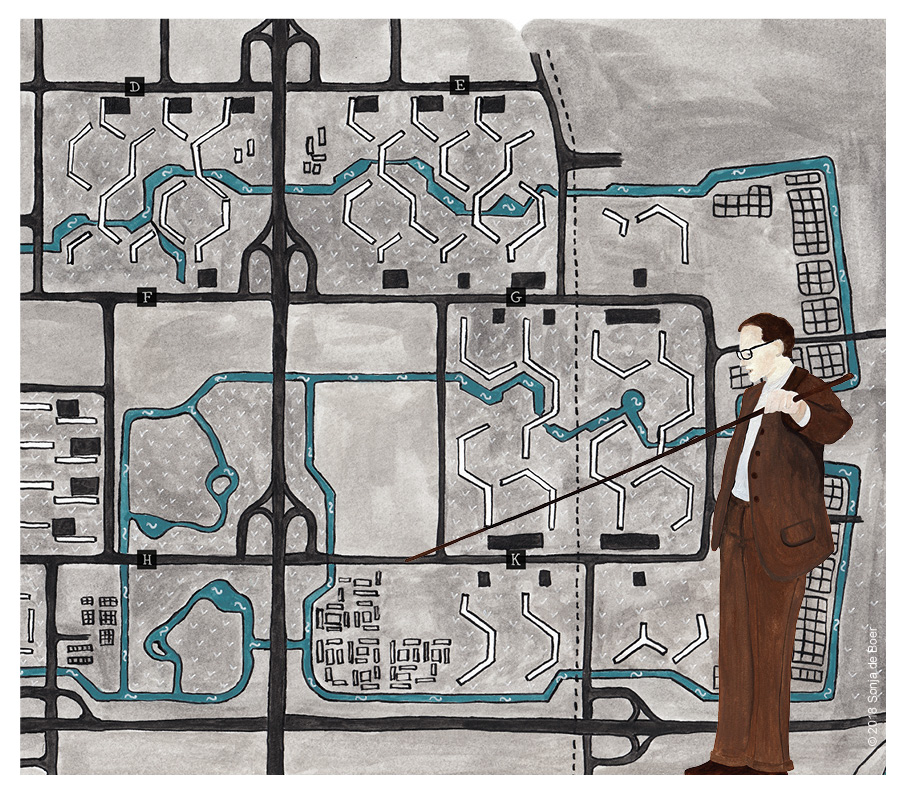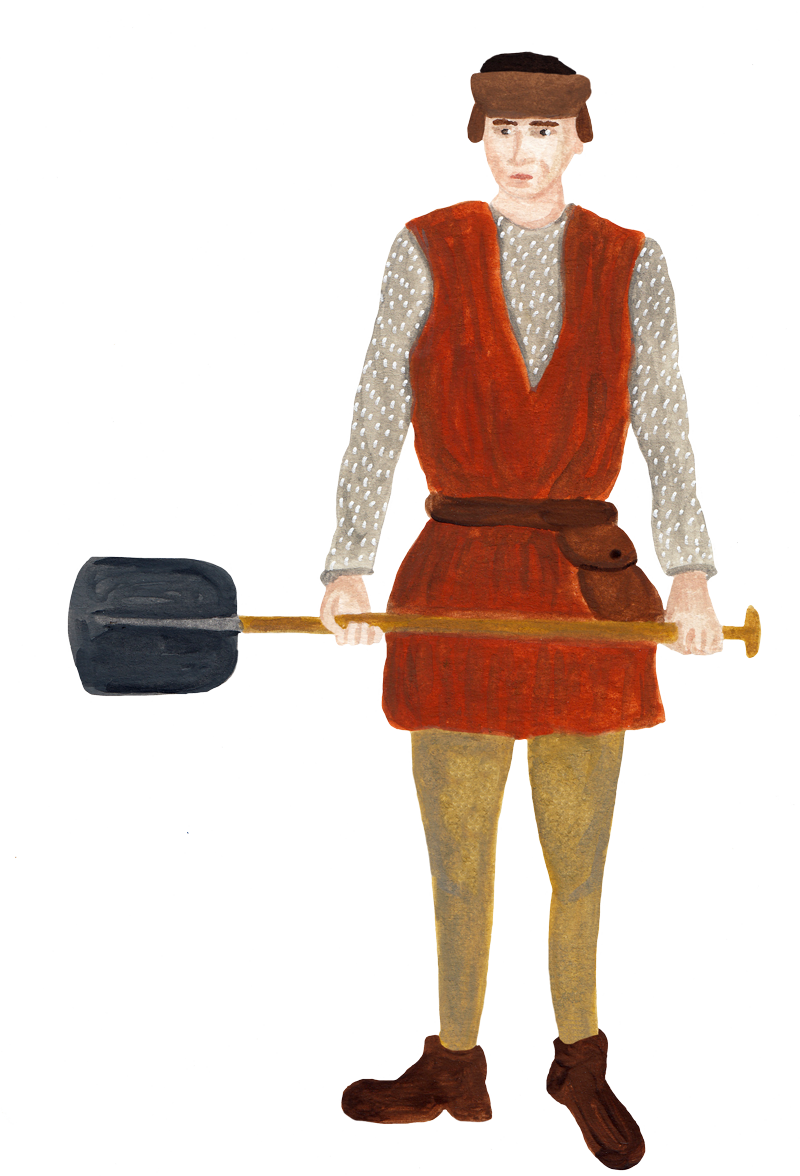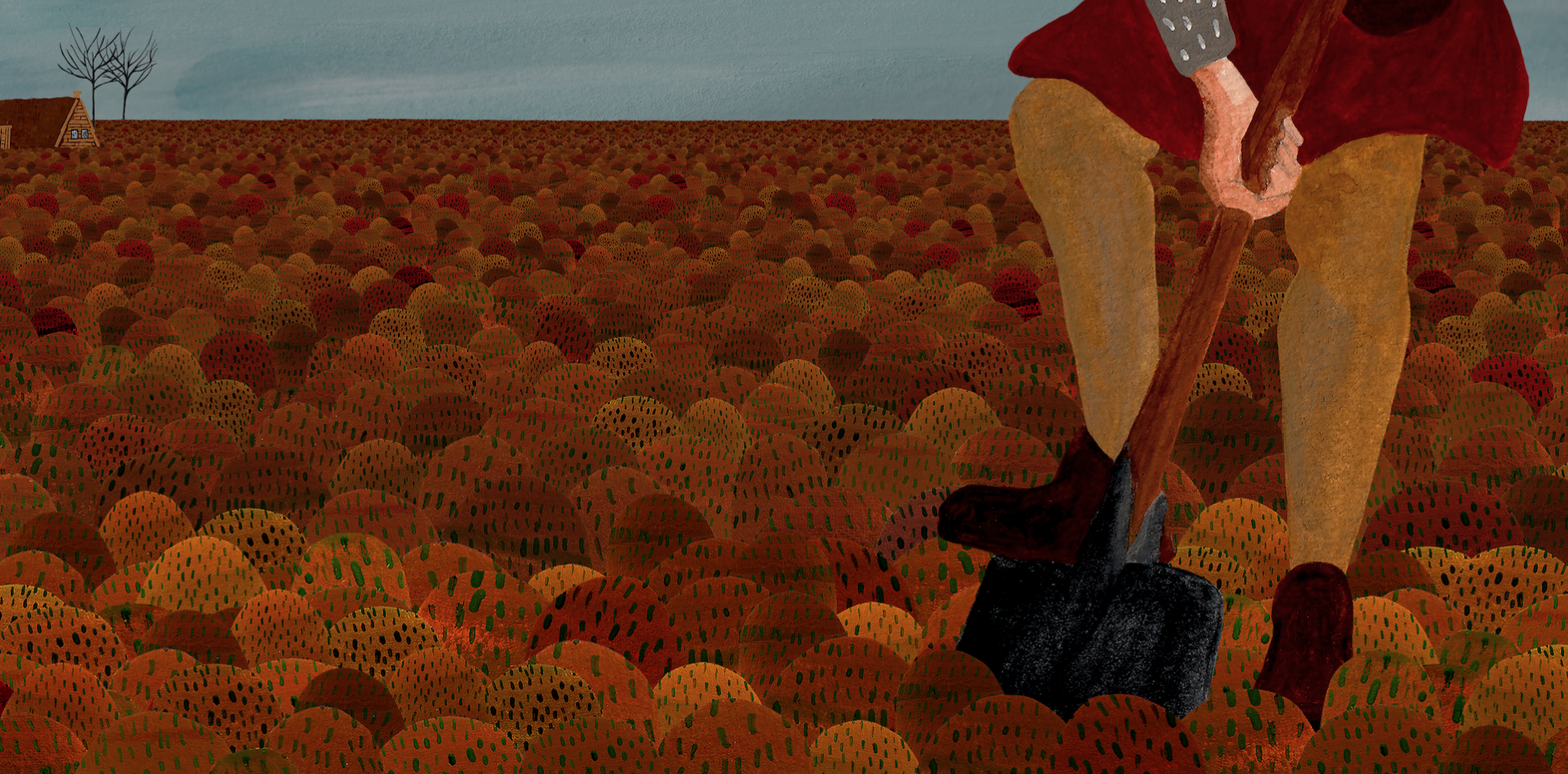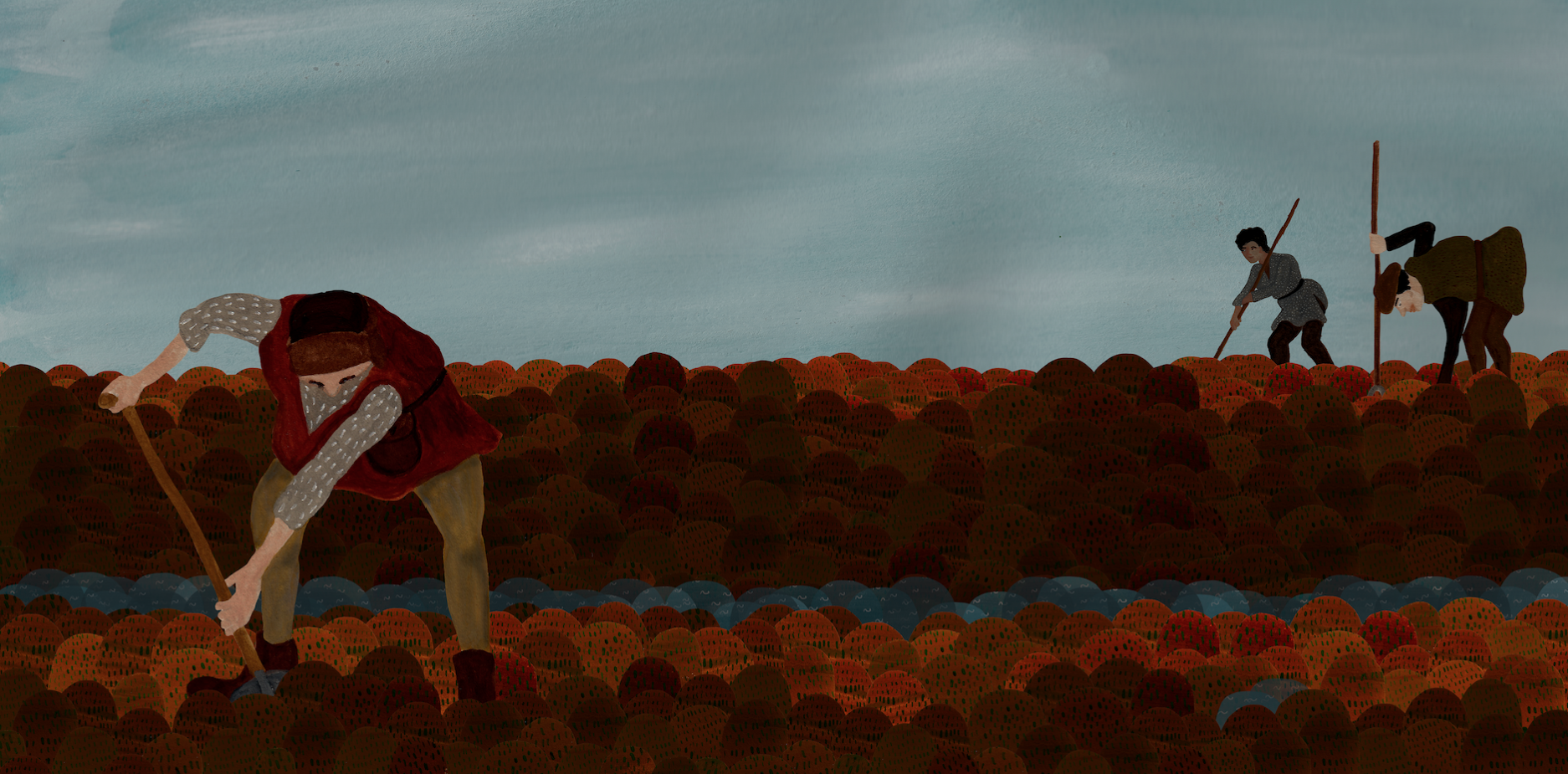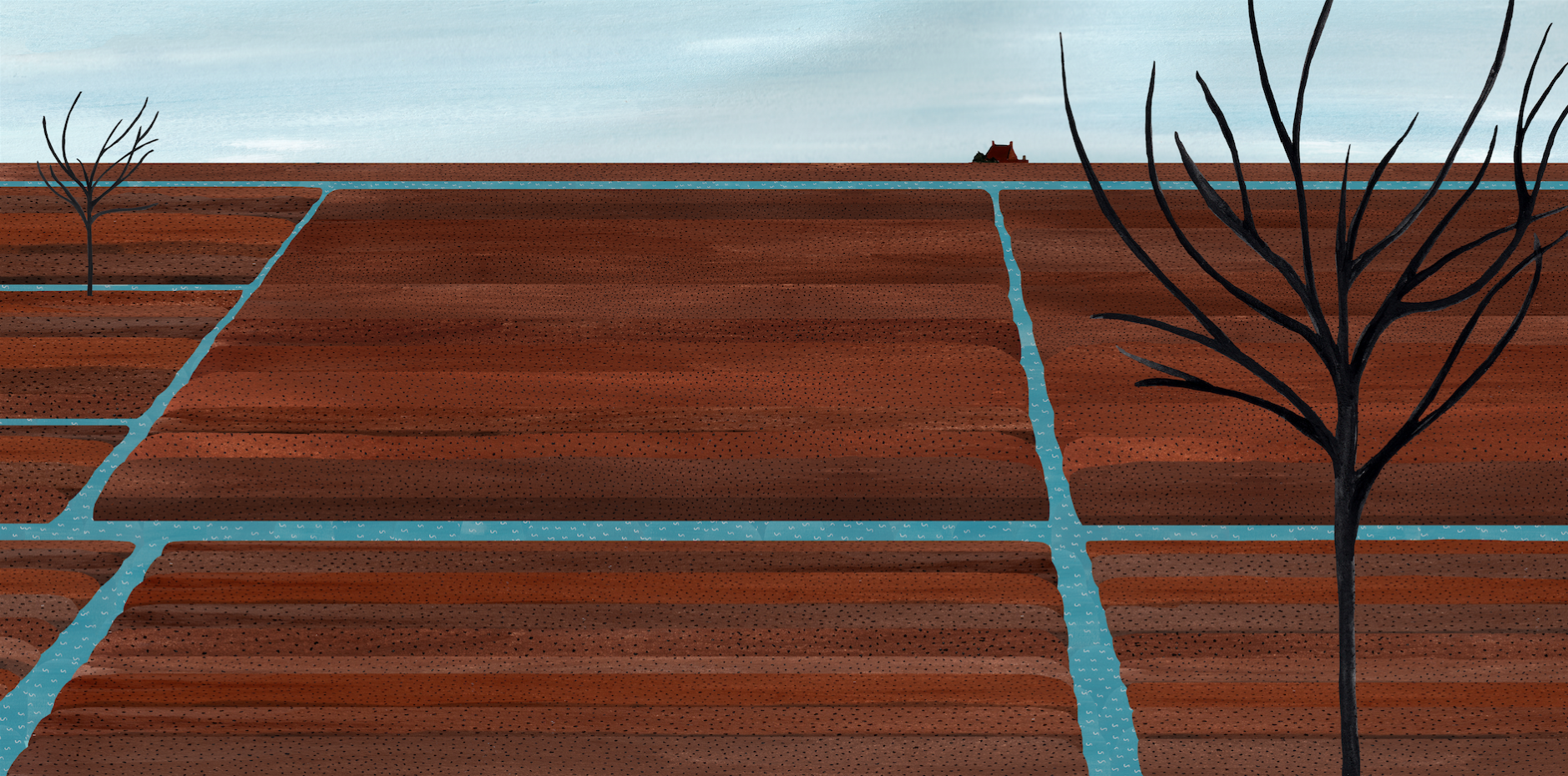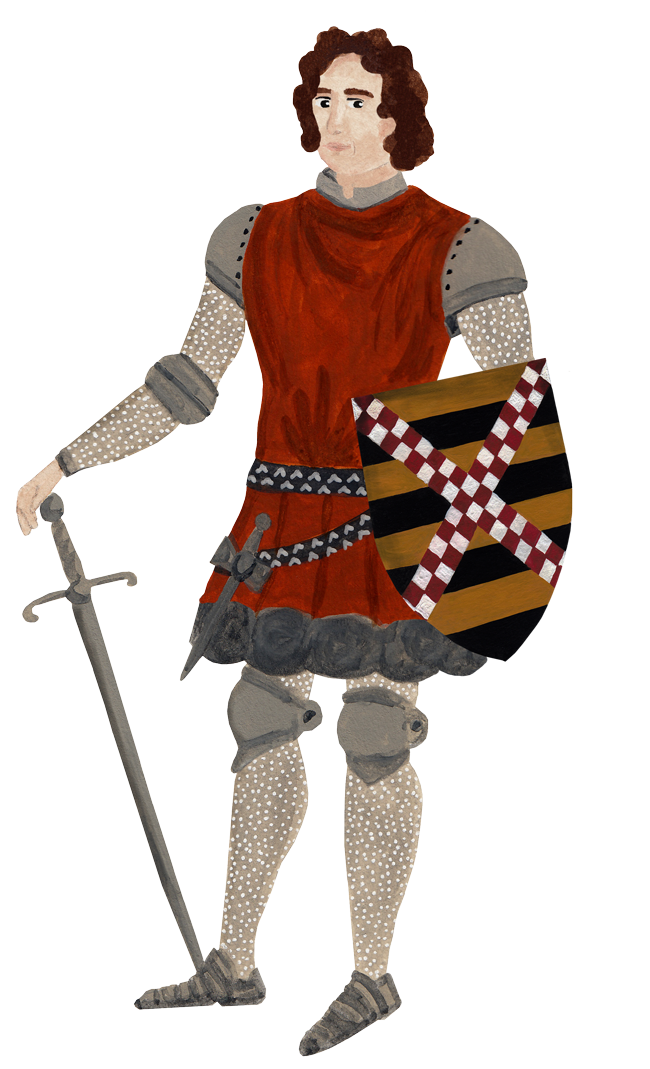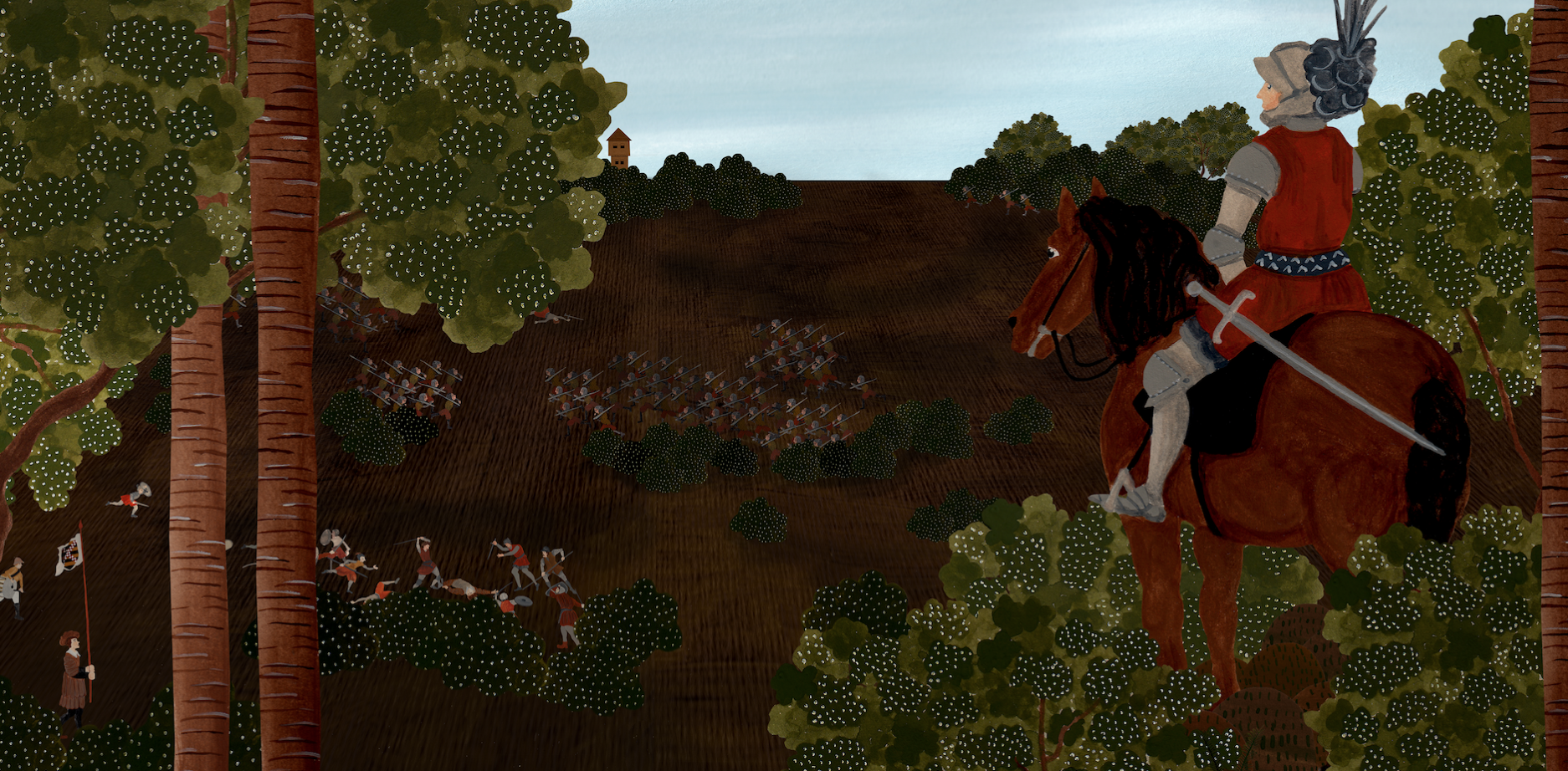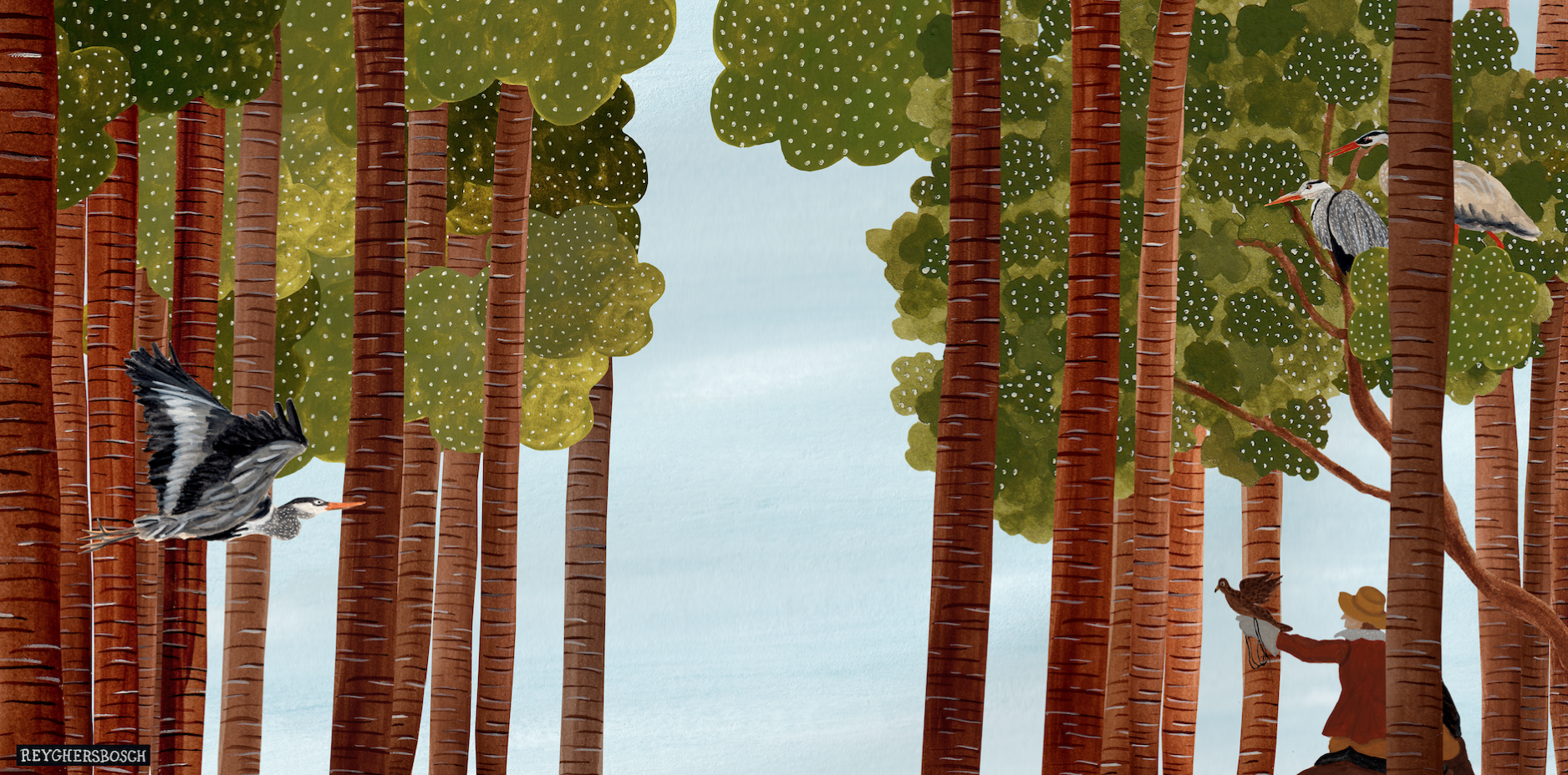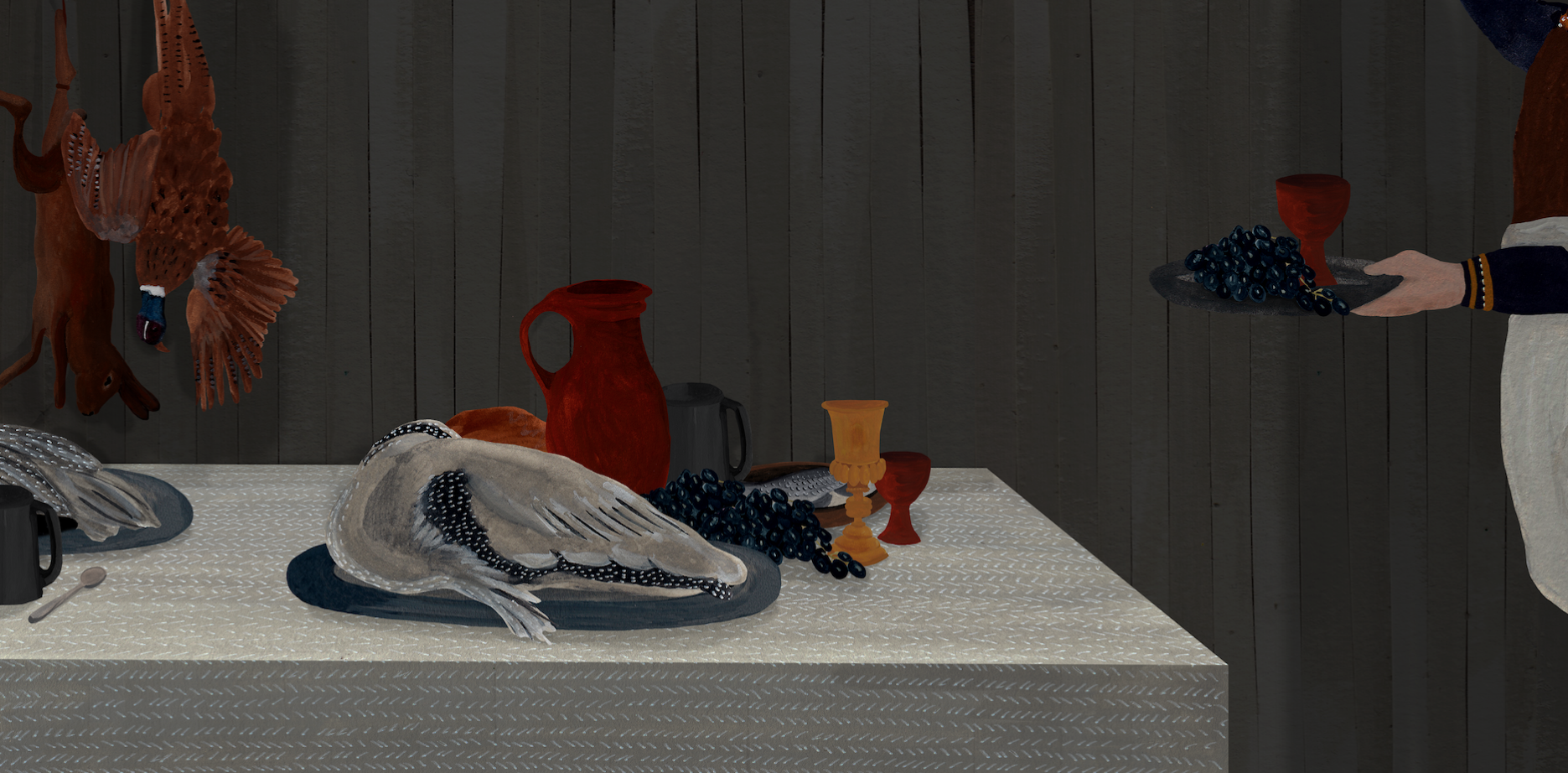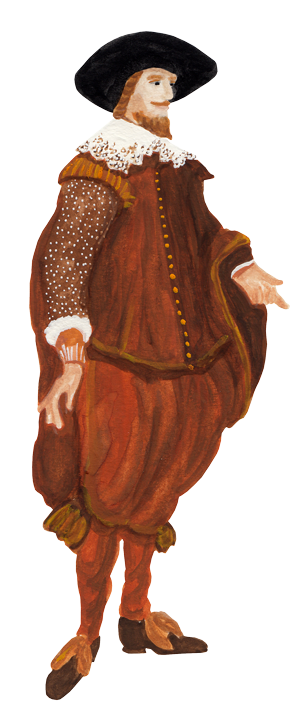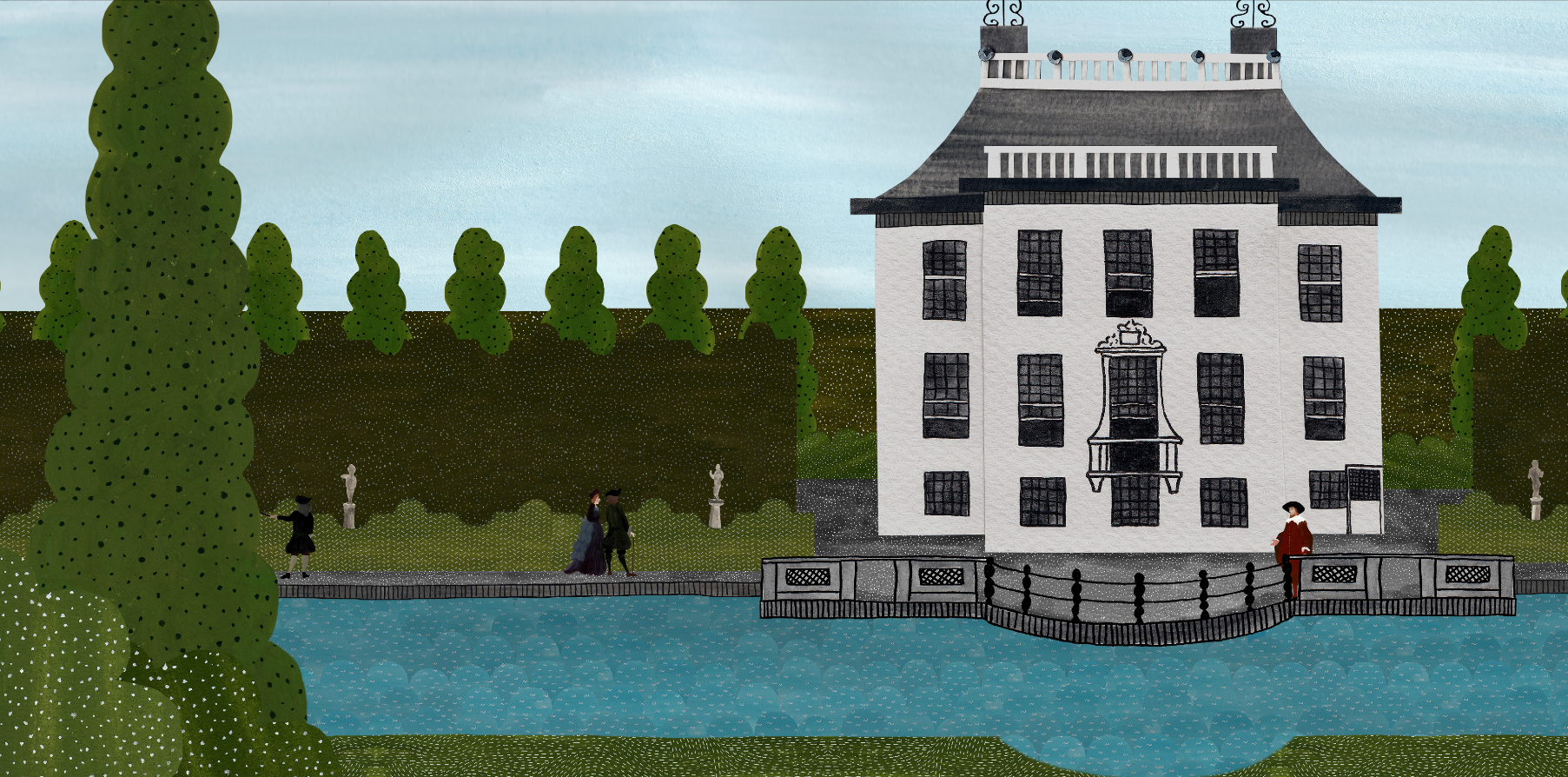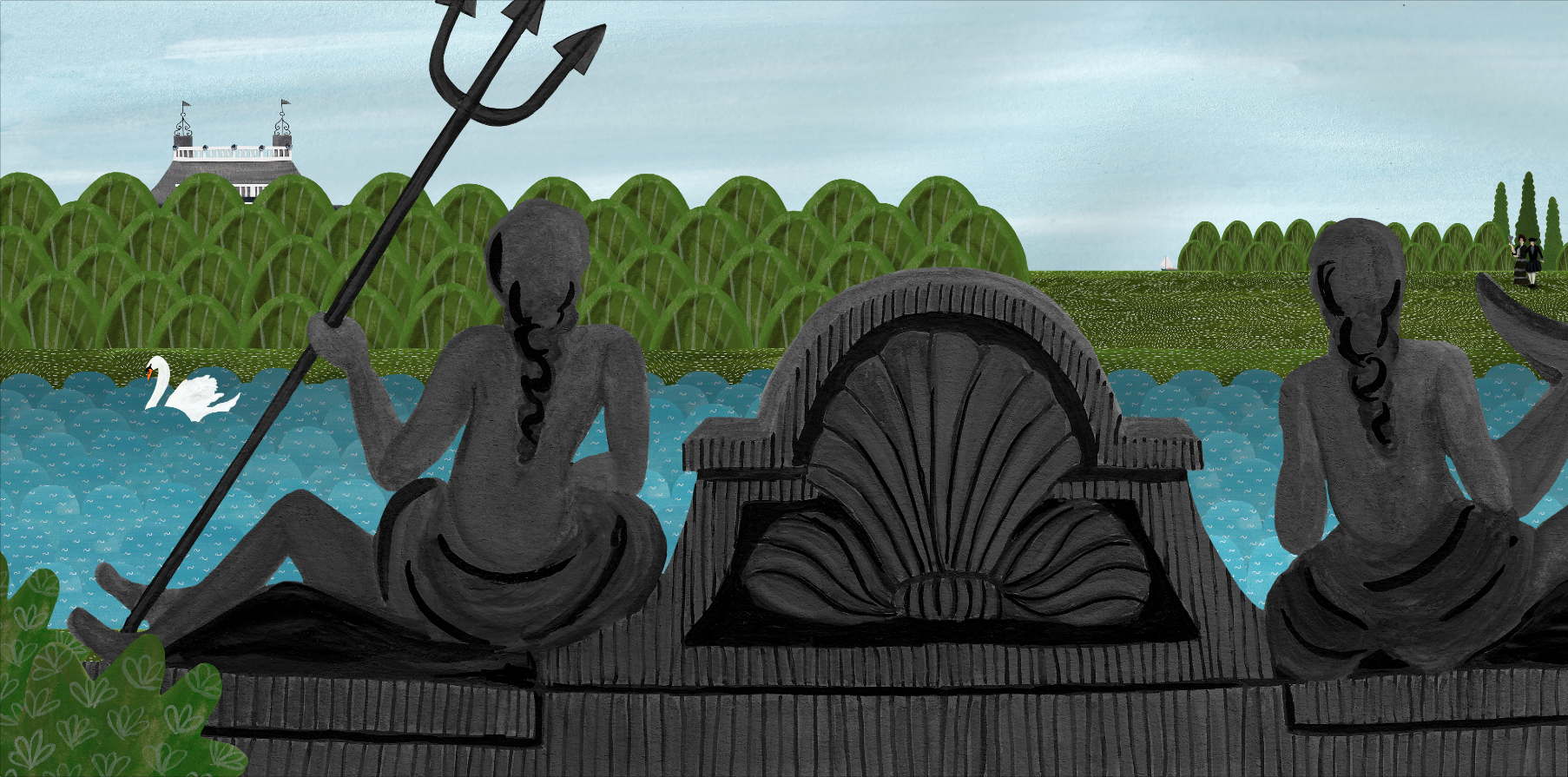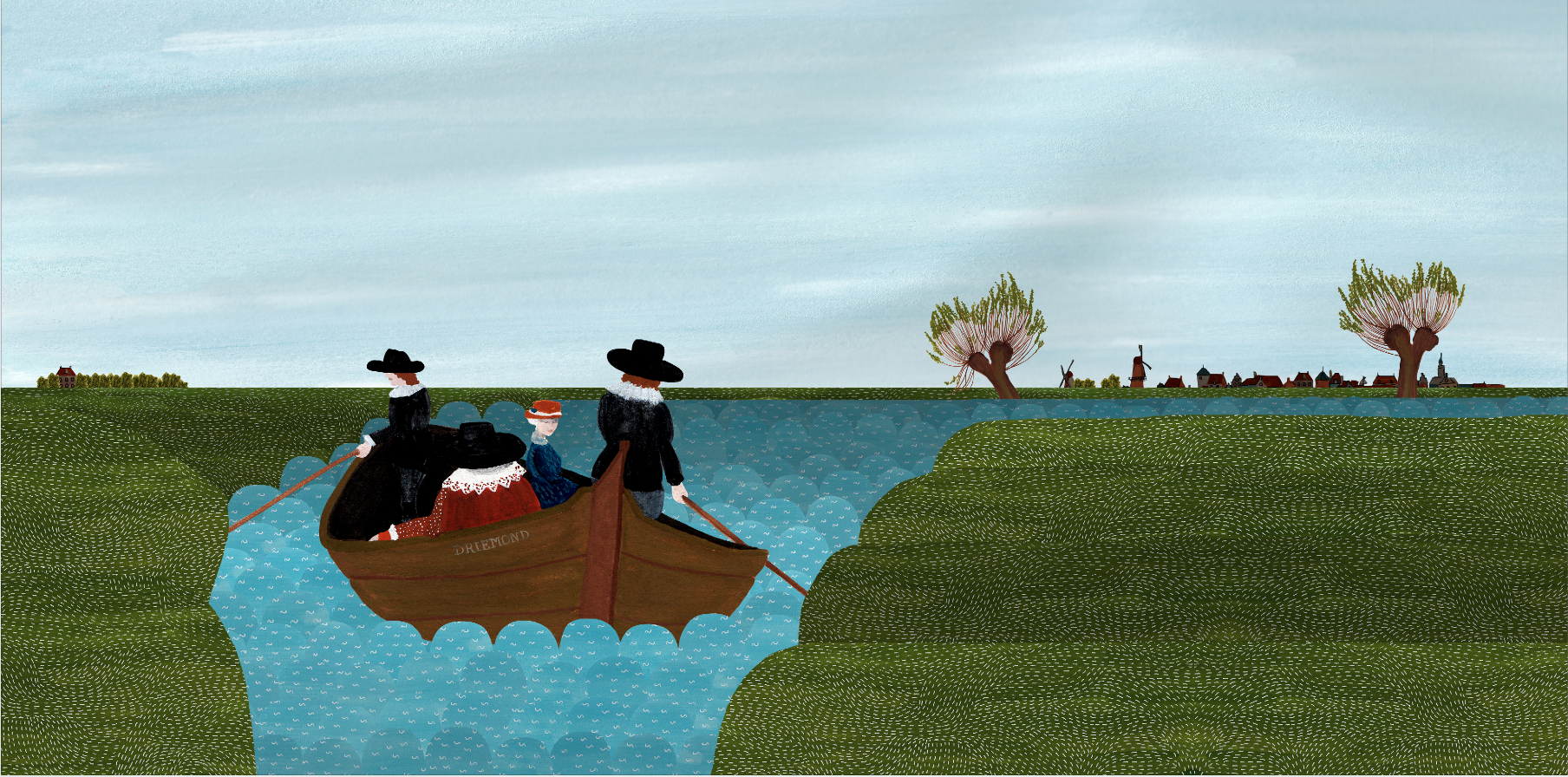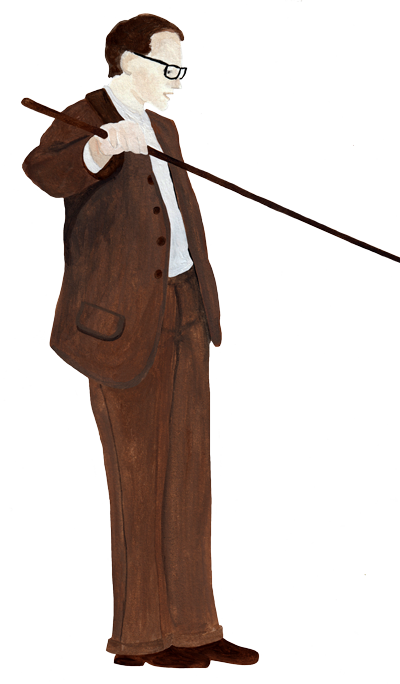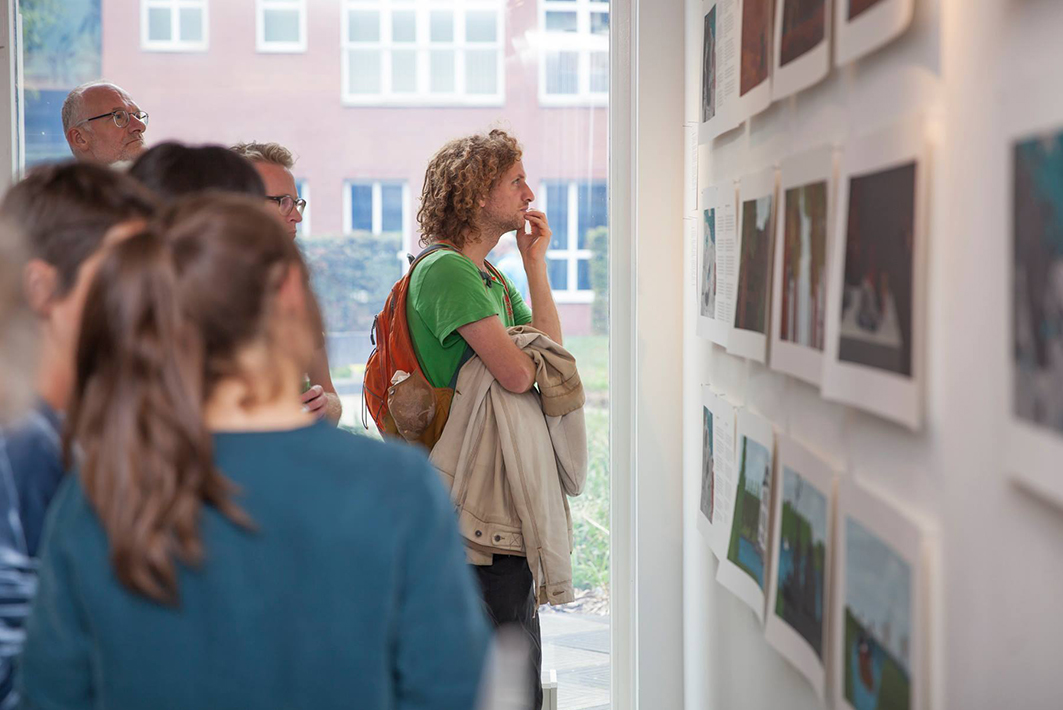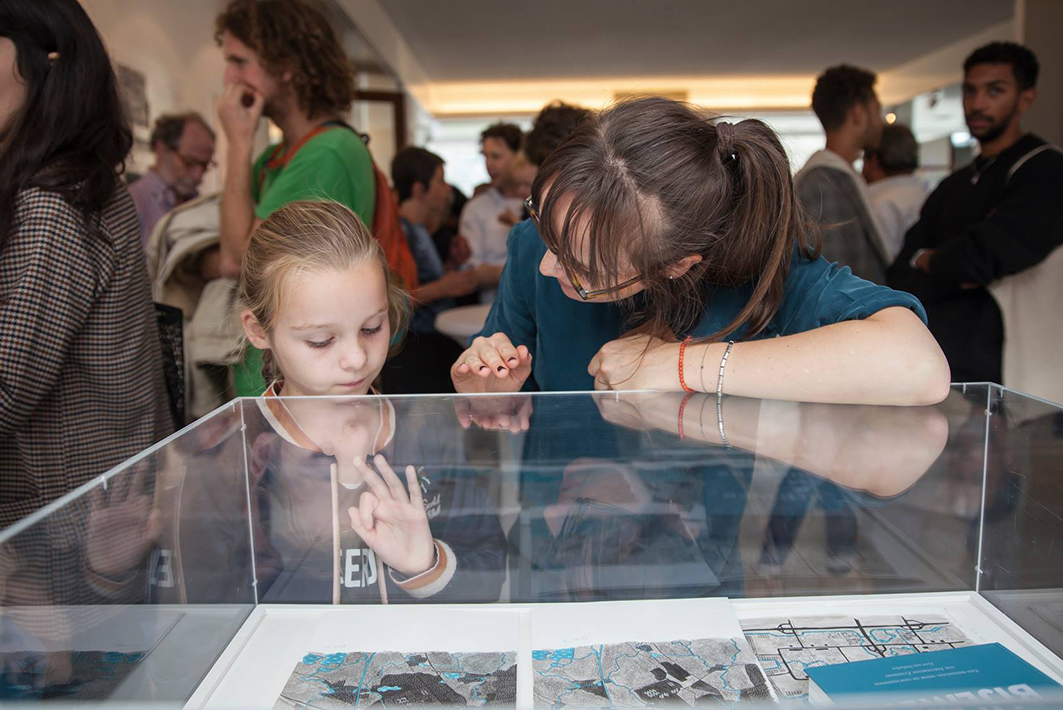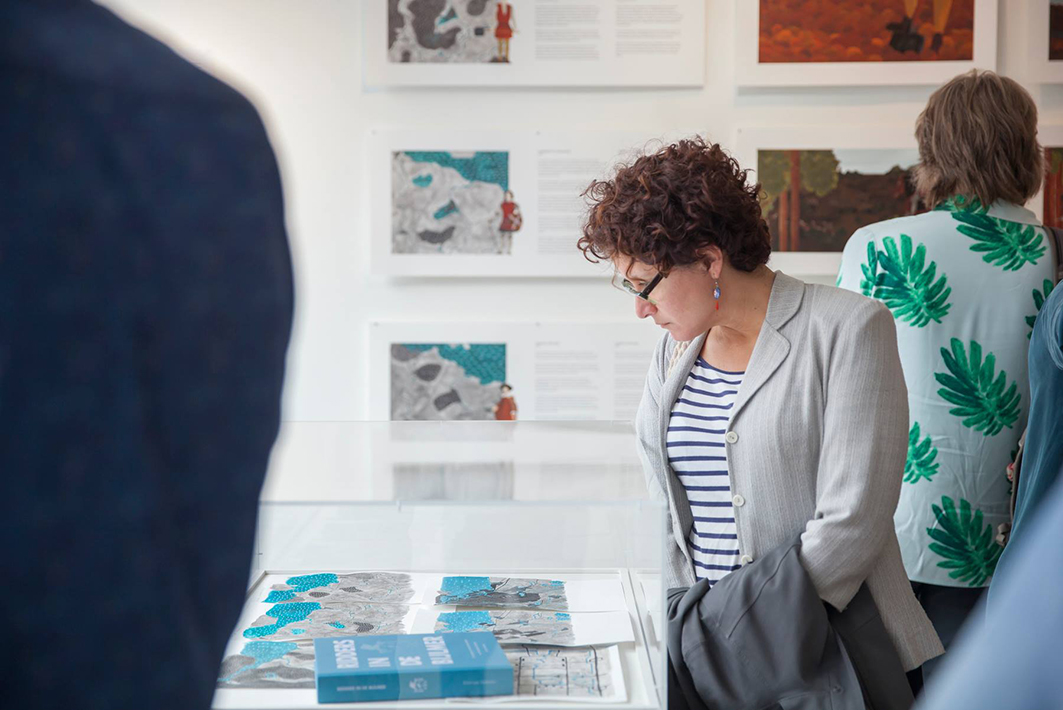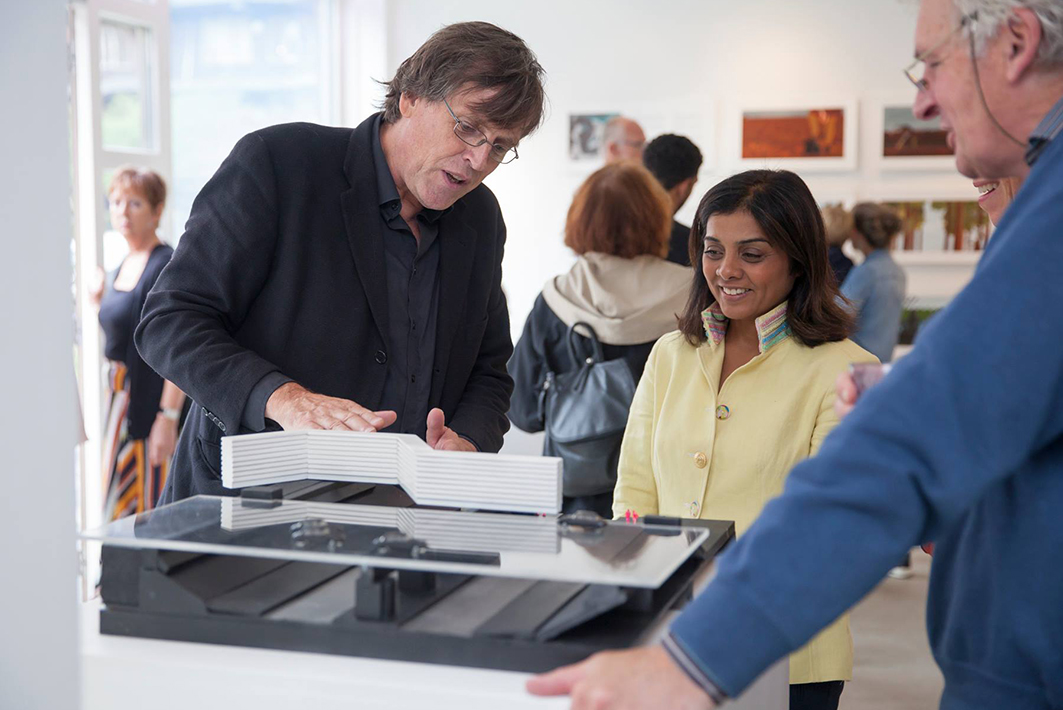Sense of Belonging Bijlmer
2018 - In development
In Amsterdam I applied my earlier analytical Sense of Place & Belonging model on the long, rich and multi-faceted history of the Bijlmer.
This model facilitates the researching of changes over time and the sense of community across a particular region. By taking one person or a group central for each era, visualised in a series of hand paintings, the changing history of a place becomes visual in a unique way.
Important periods of change in the twelfth, thirteenth and eighteenth century have been analysed during the first part of this research project. What was going on then? Who lived and worked where? Why?
Based on historical research, I highlighted lives of key characters (Harman, Gijsbrecht III and Cornelio), their relationship to the place and spirit of the times.
During the next phase of the project, while completing the historical painting book, the same procedure will be applied on the most recent fifty years, starting with the architect Siegfried Nassuth.
The historical background so far has been largely based on the book Knights in the Bijlmer (Ridders in de Bijlmer) by Evert van Voskuilen and Netty Droog. Further information was provided by local residents in the Bijlmer.
This project has been supported by the AFK (Amsterdam Fund for the Arts) and CBK Zuidoost.
